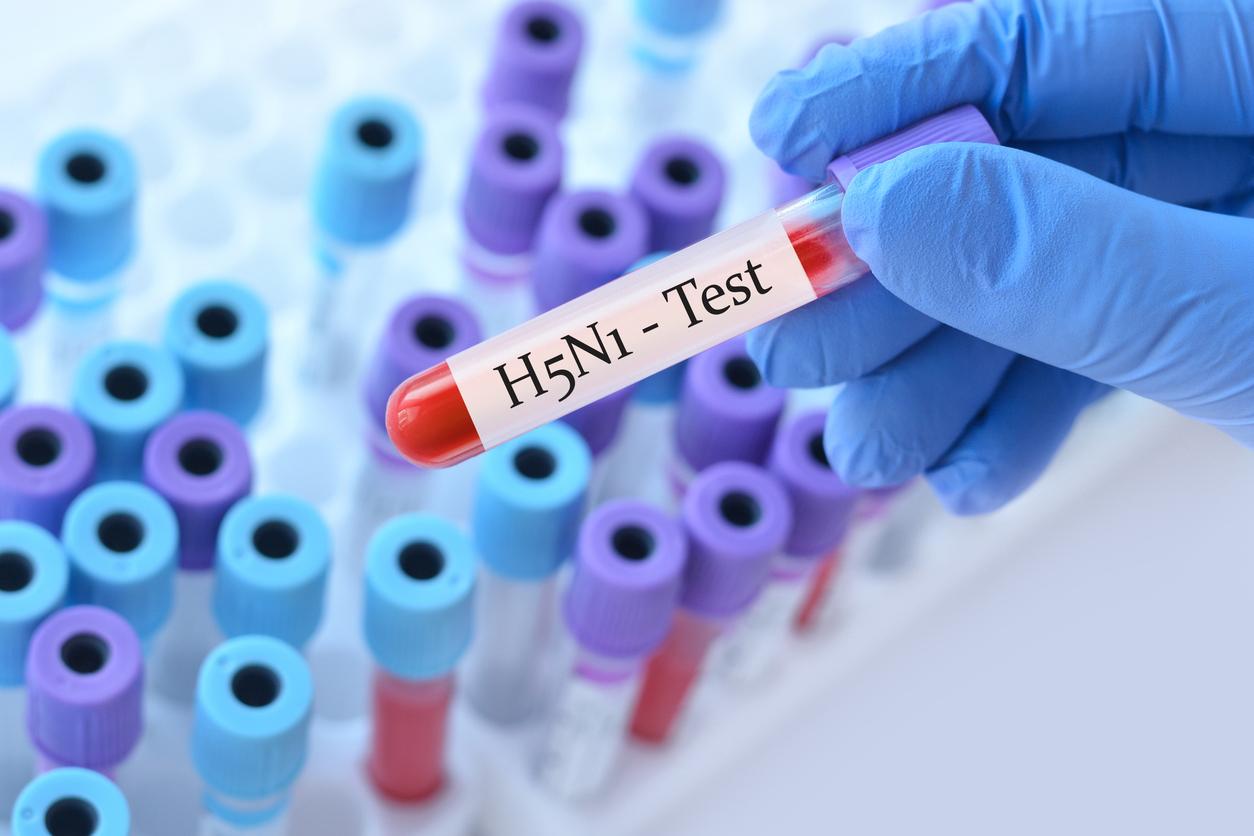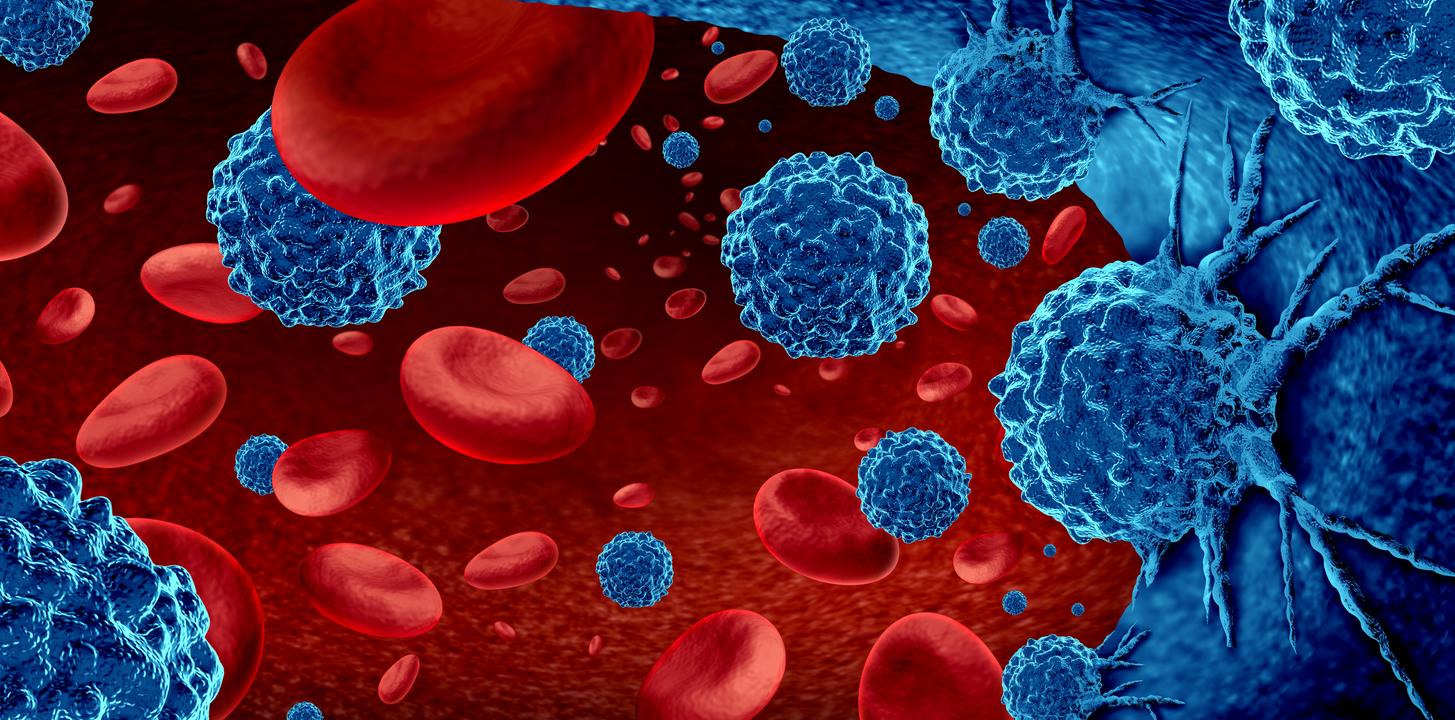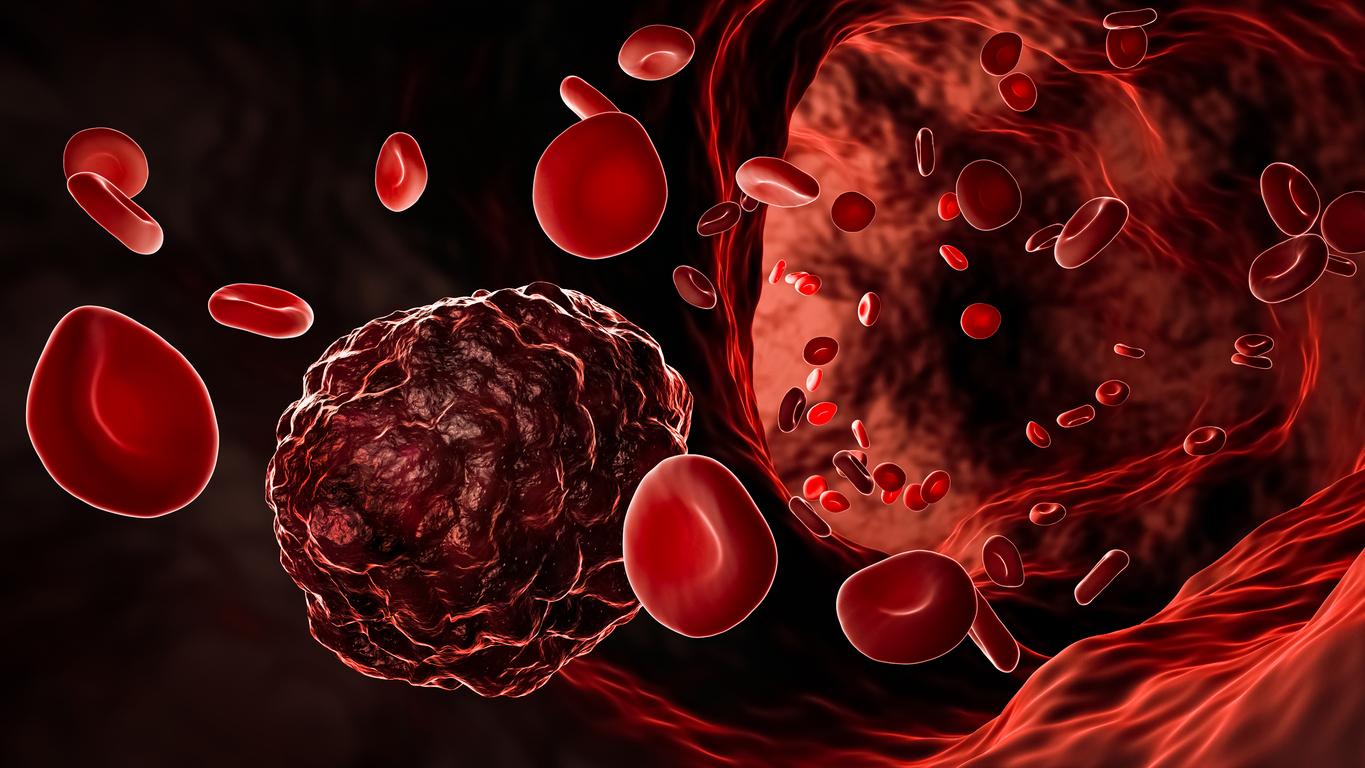Two new studies, carried out in parallel, show that it would be possible to diagnose blood cancers earlier and earlier, by analyzing the mutations of certain blood cells.

Two studies conducted separately in the United States this week came to similar conclusions on the diagnosis of blood cancer. Published in the New England Journal of Medicine, they consider the possibility of detecting blood cancers, ten years earlier than current methods allow to do so.
The researchers thus discovered, in both cases, the presence of a marker in the blood of certain people and which appears with aging. It corresponds to cells that have undergone specific mutations. People in whom they are found are ten times more likely to develop lymphoma, or other type of blood cancer.
Mutations that increase with age
As it concerns the first study, conducted by the Massachusetts Institute of Technology (MIT) in Boston, the researchers were looking for a mutation in the blood, to understand why the risk of developing leukemia or lymphoma increases with age. The mutation discovered also increases the risk of type 2 diabetes, but also of stroke.
They specify that these mutations are not present at birth, but they appear over the years.
In the case of the second study, the conclusions are similar. The number of blood cell mutations increases with the age of patients. The signs of cancer are already present years before clinical symptoms appear.
The possibilities for early diagnosis linked to these findings are therefore very important. However, there are no surgeries or preventive treatments against these cancers. Being able to heal upstream therefore remains for the moment at the stage of the hypothesis.
.















